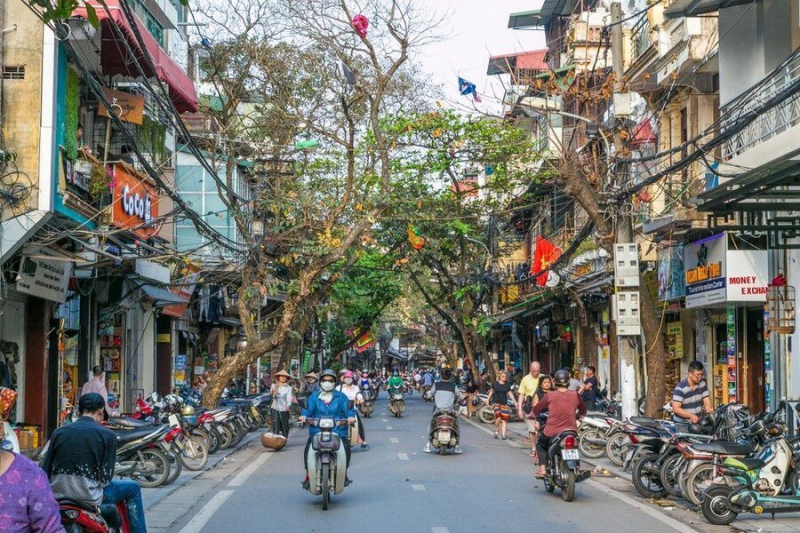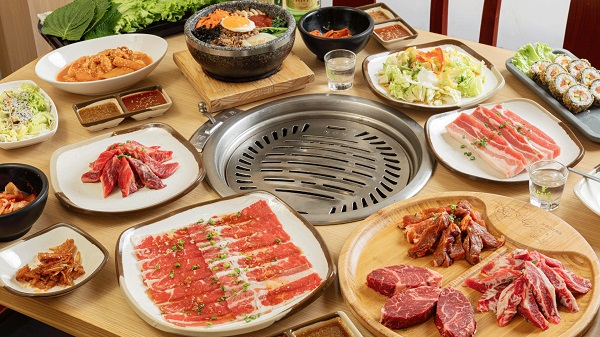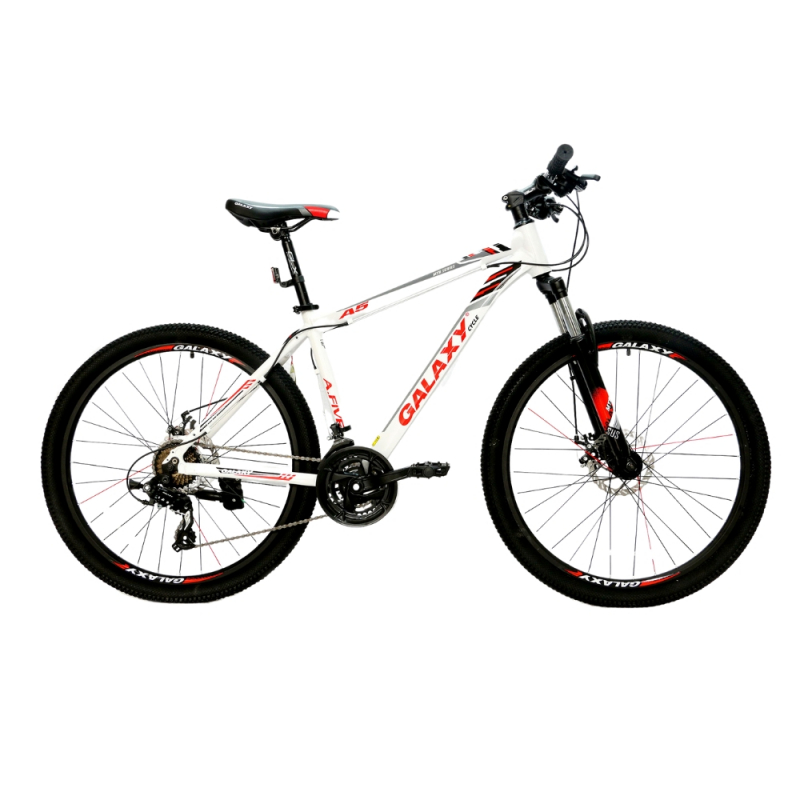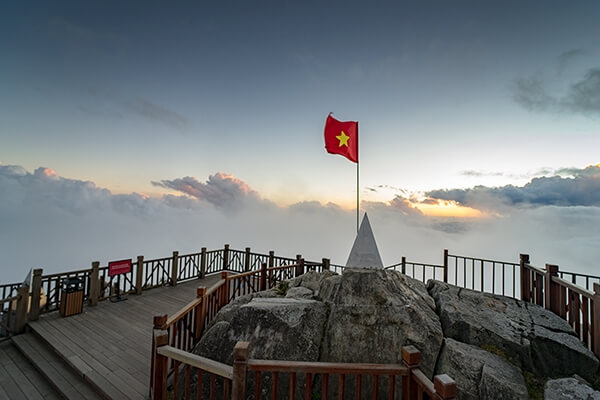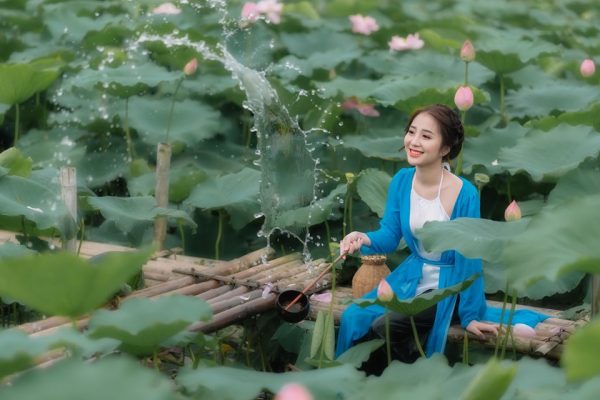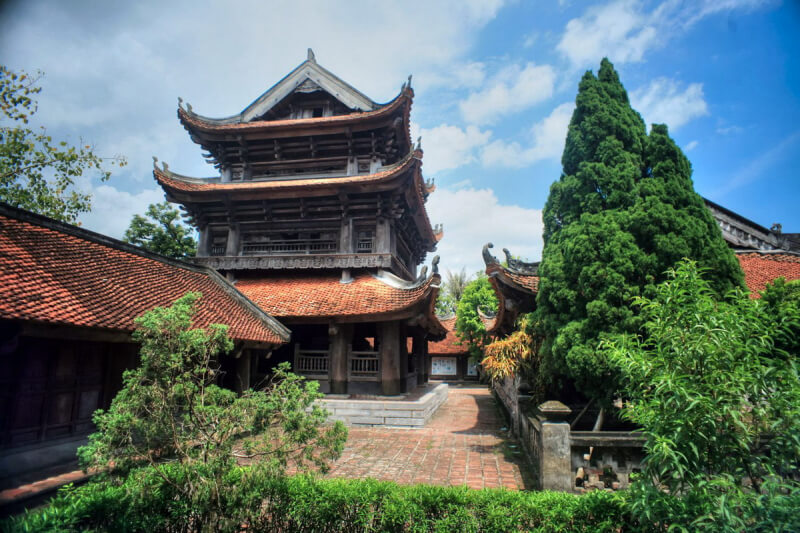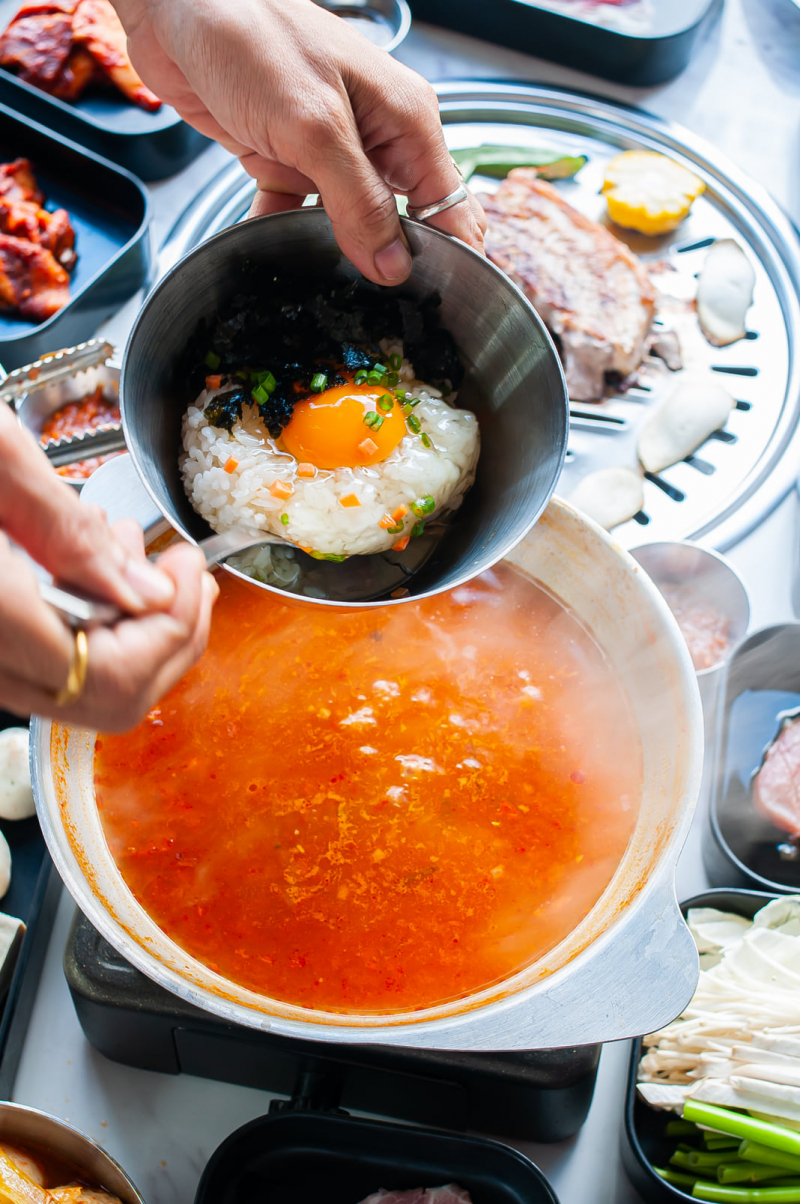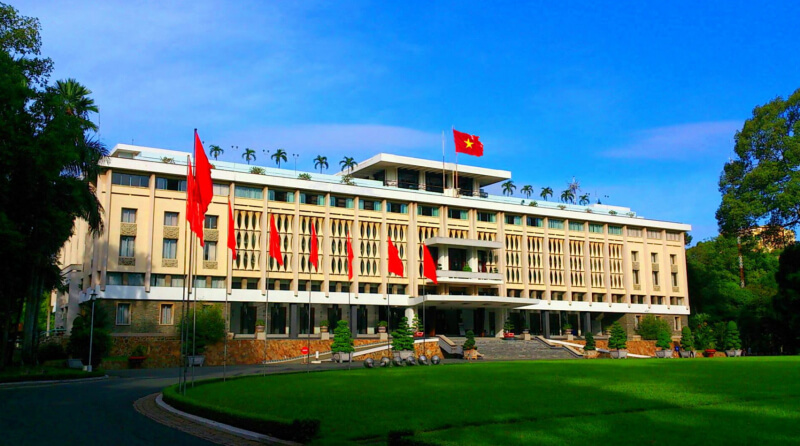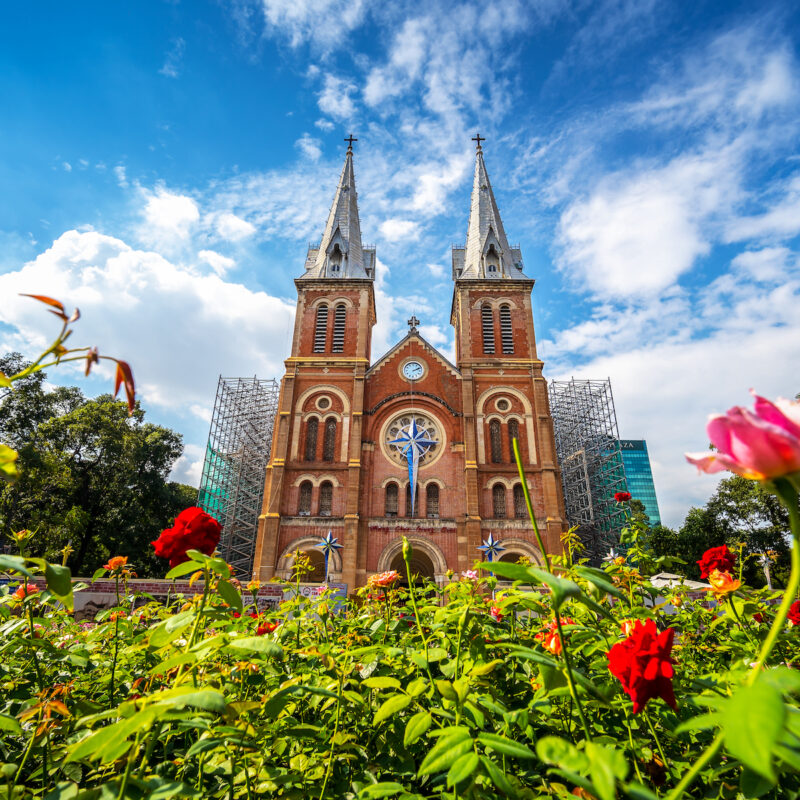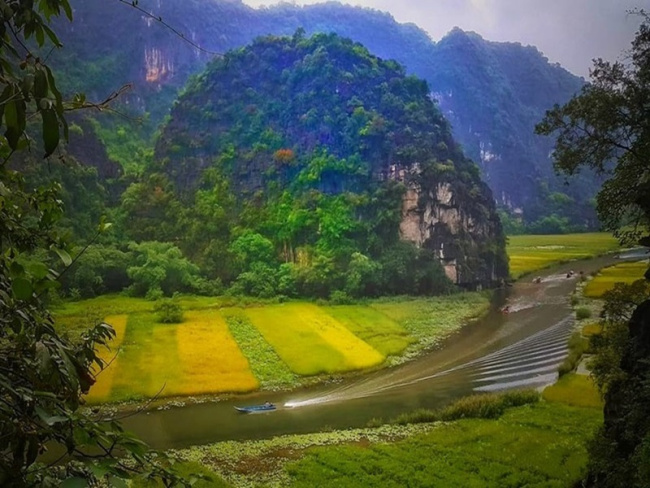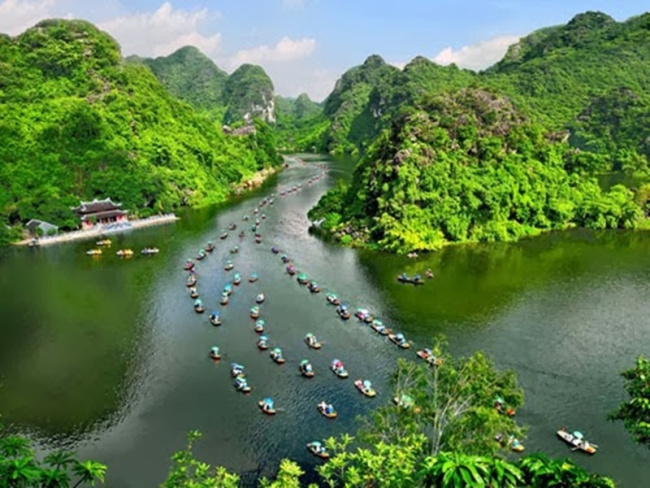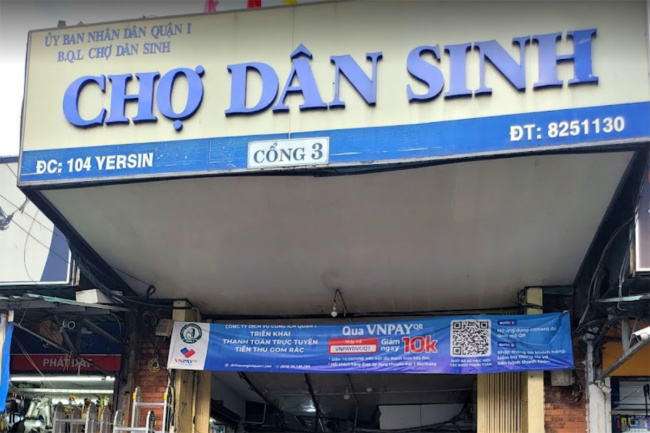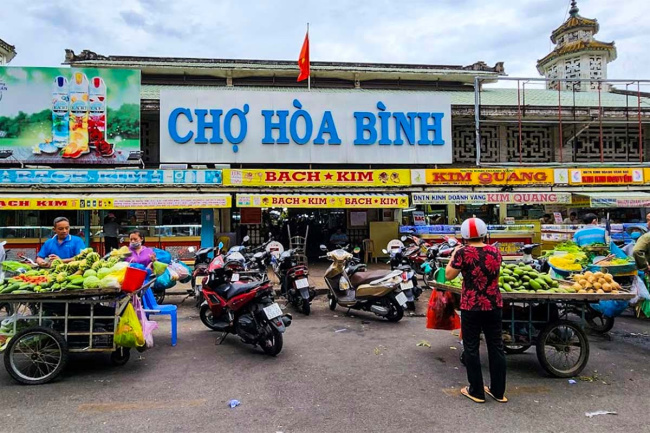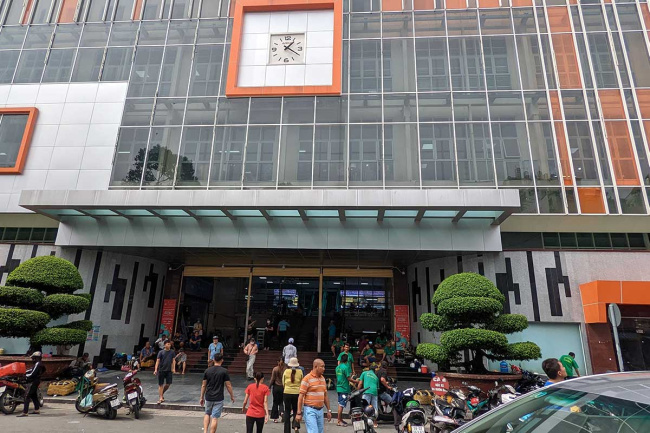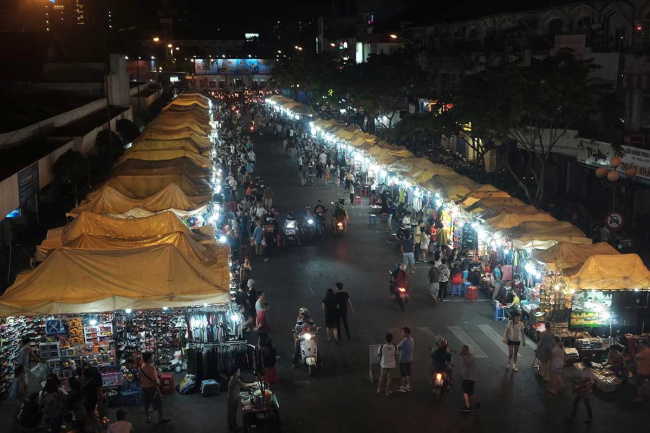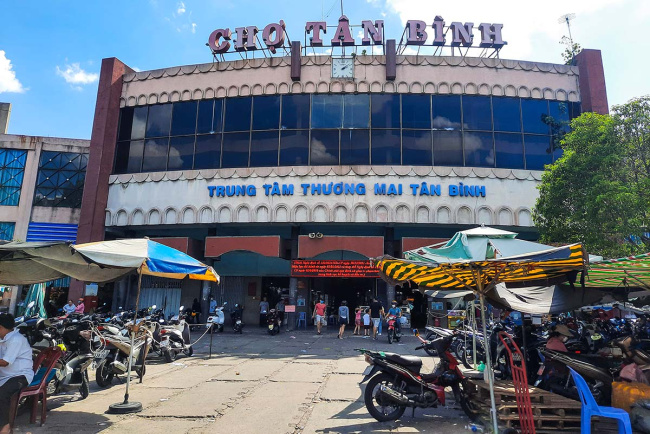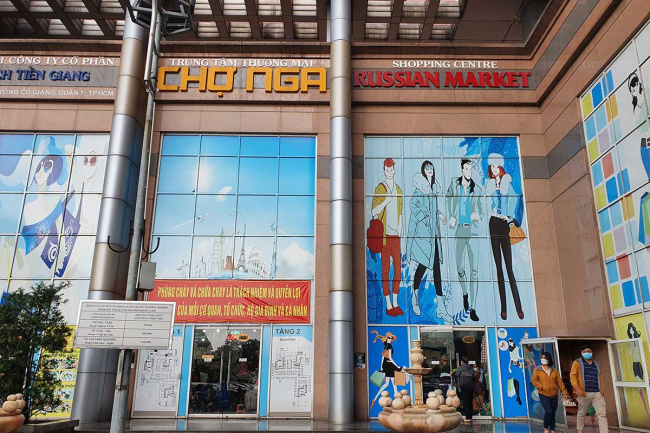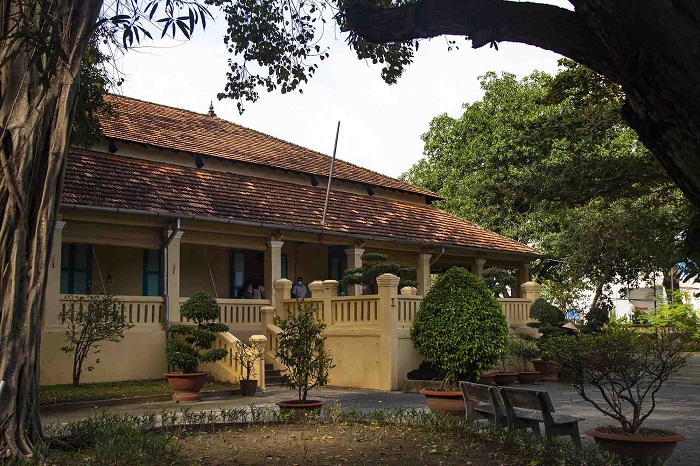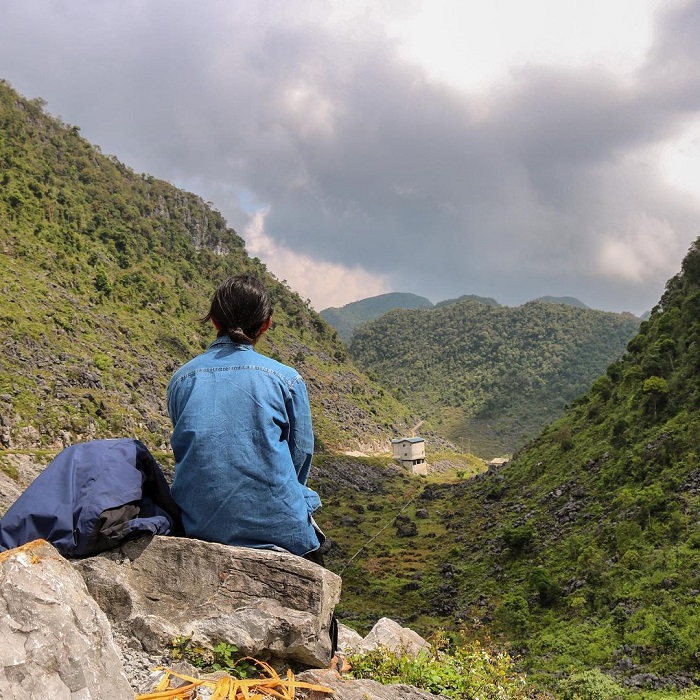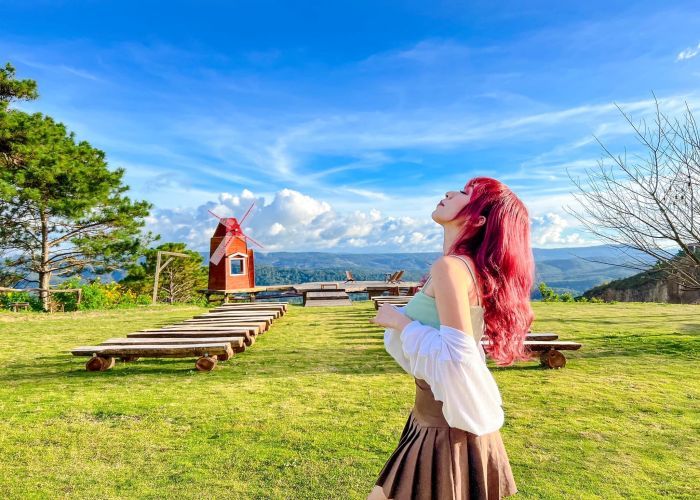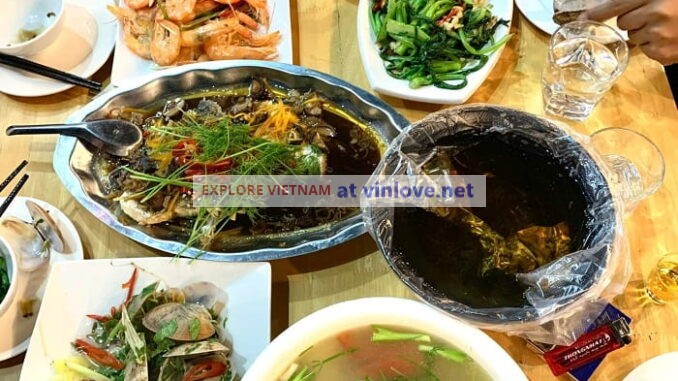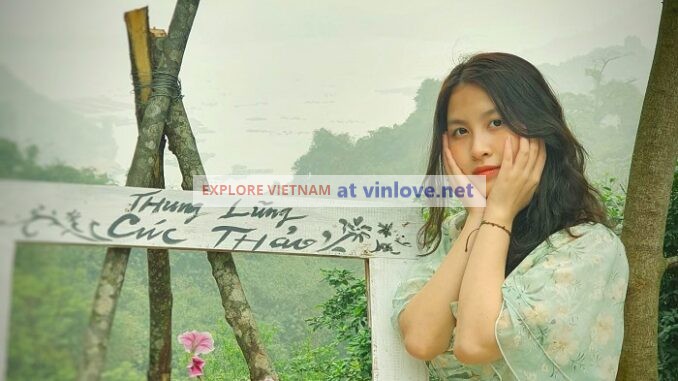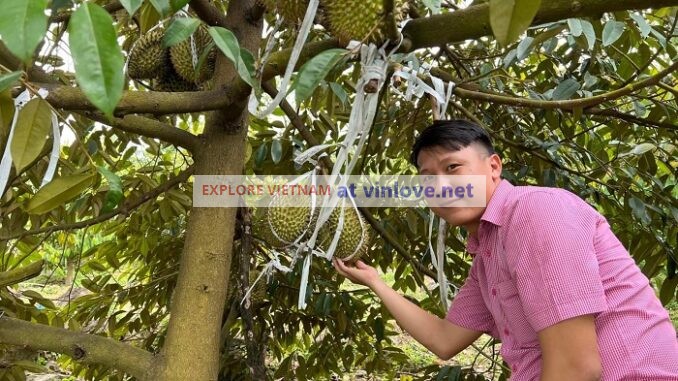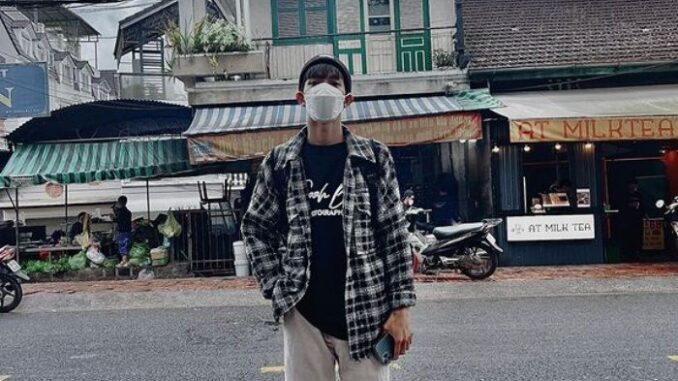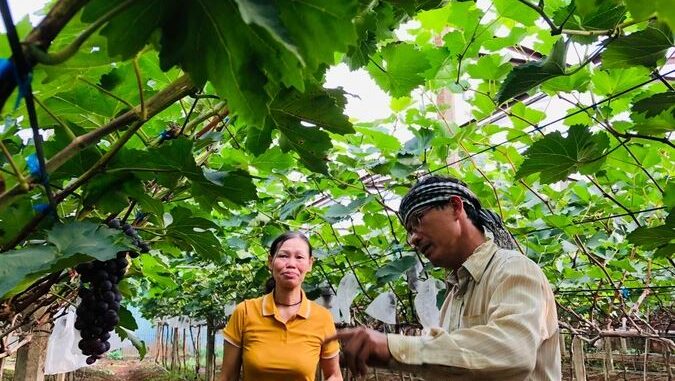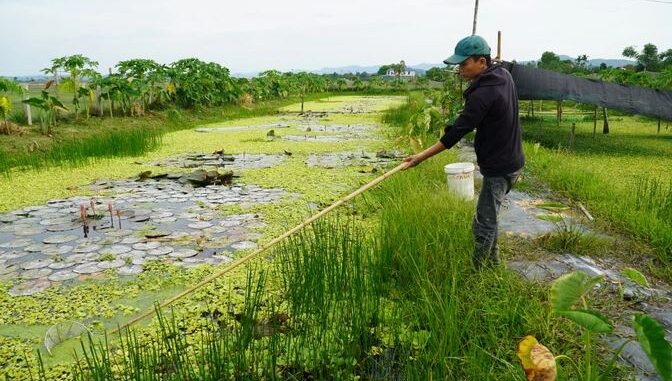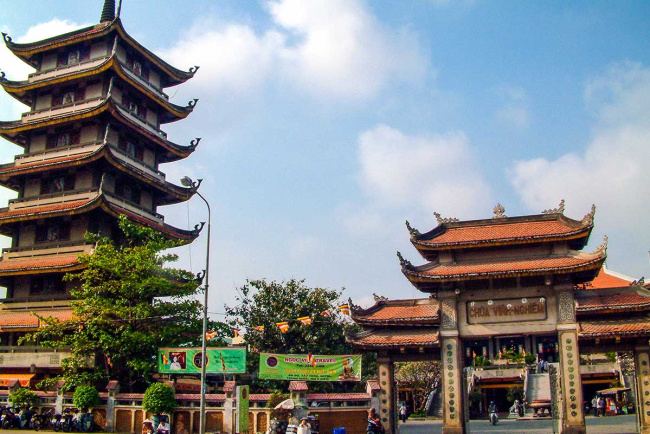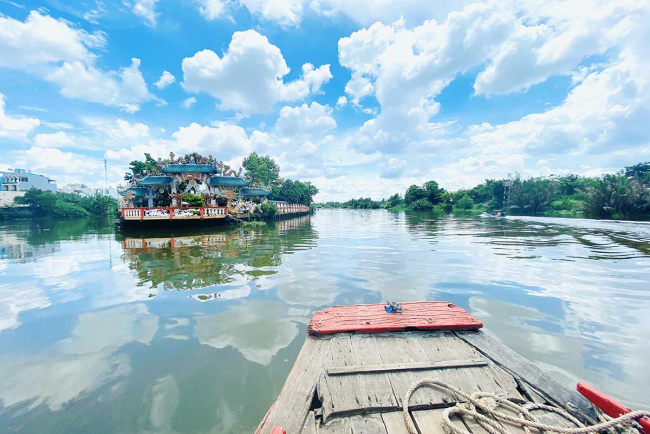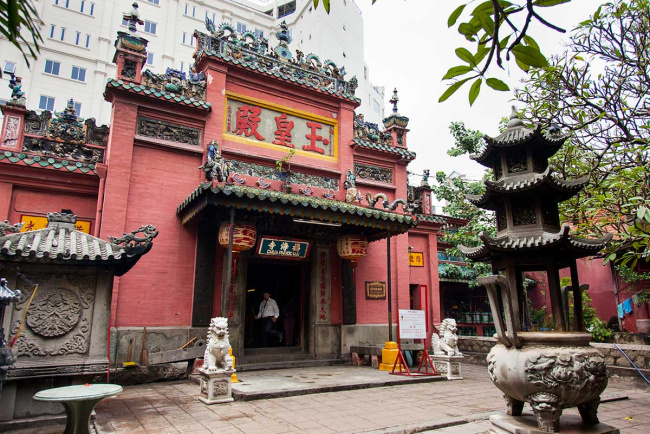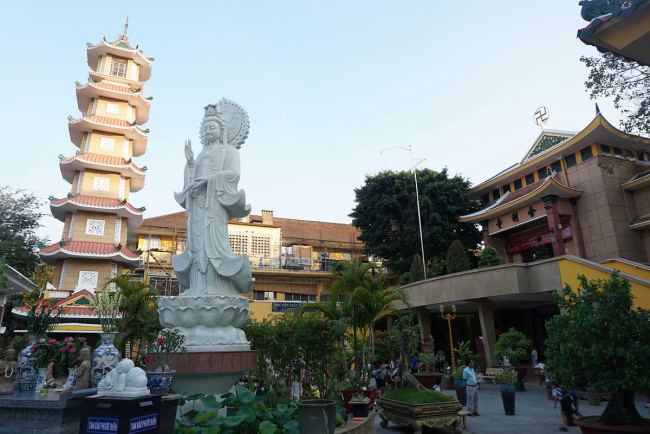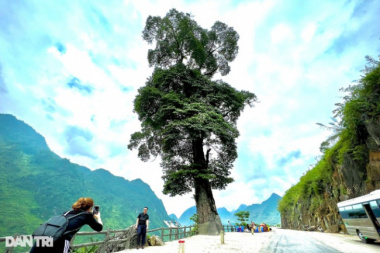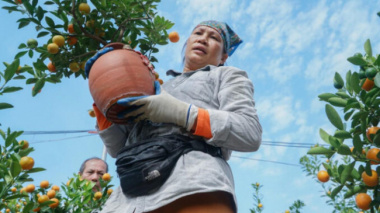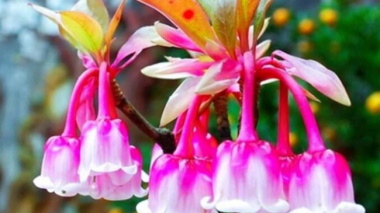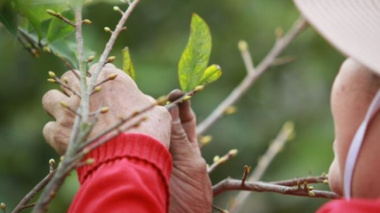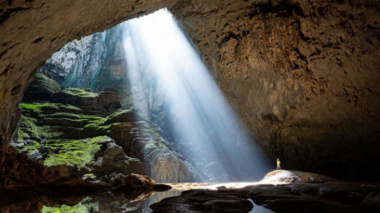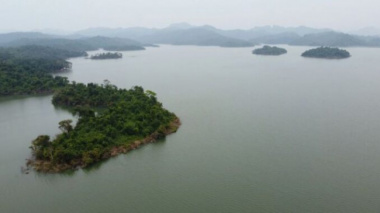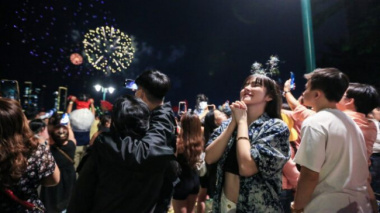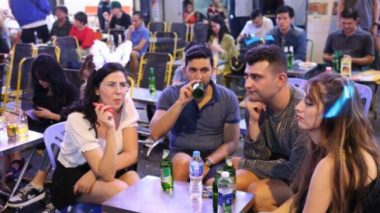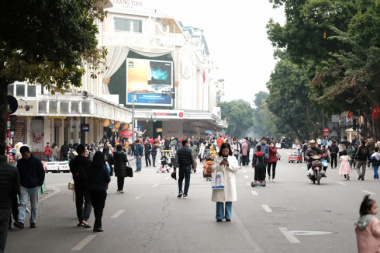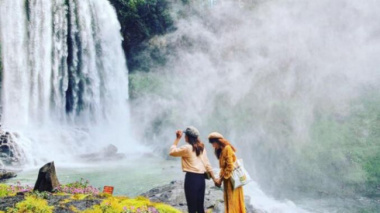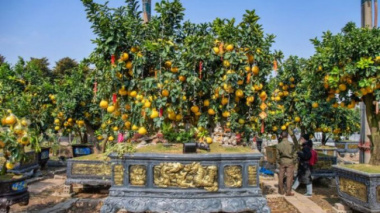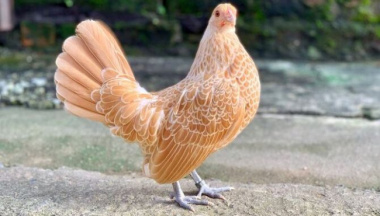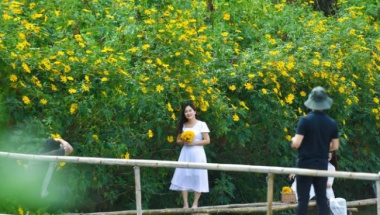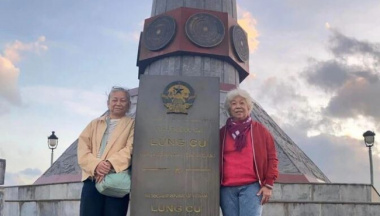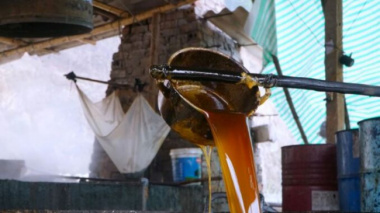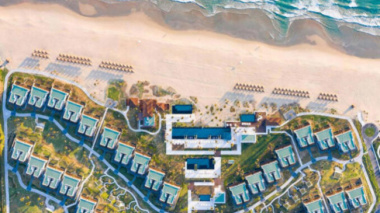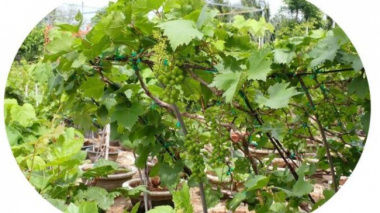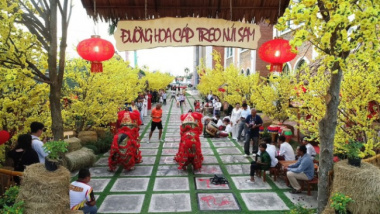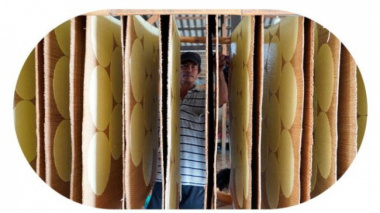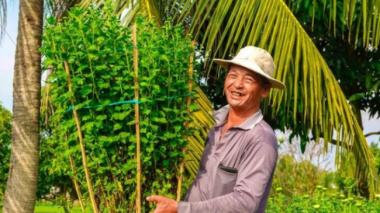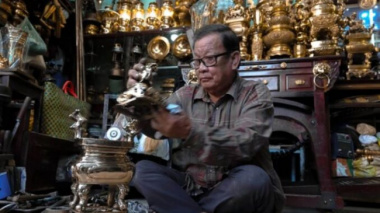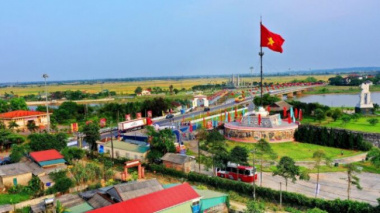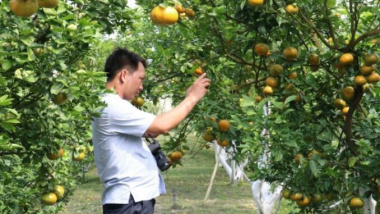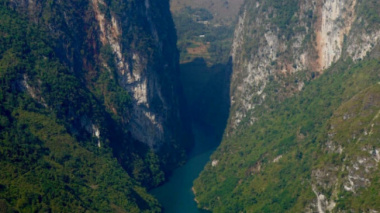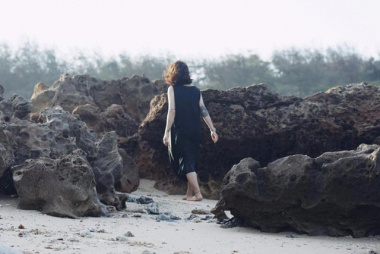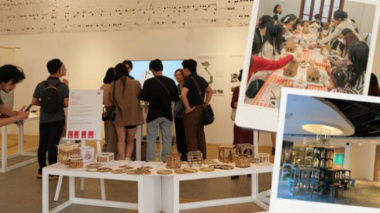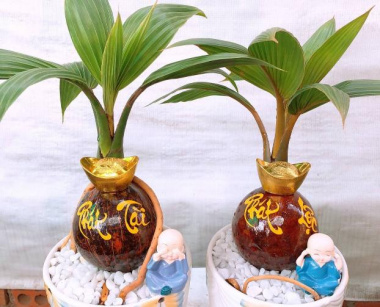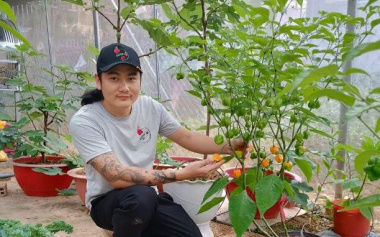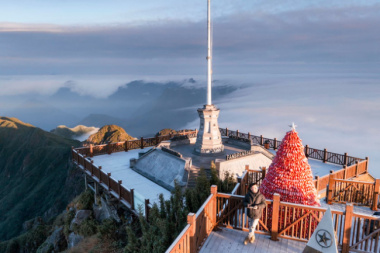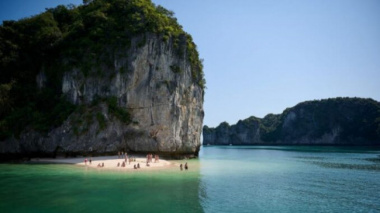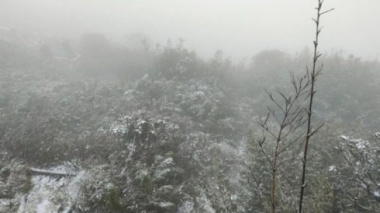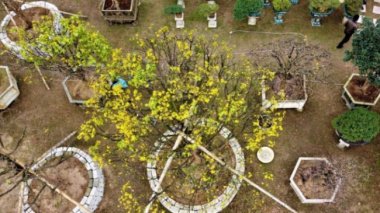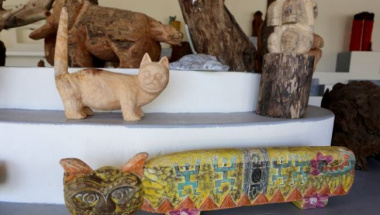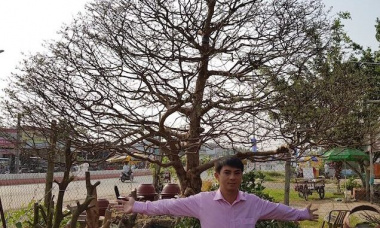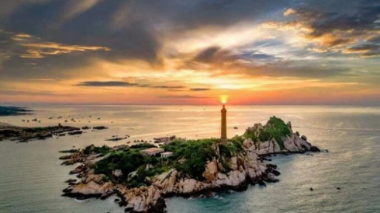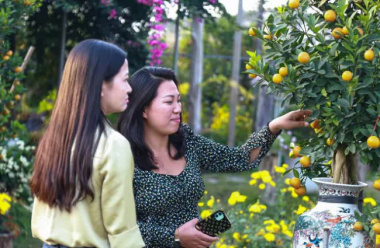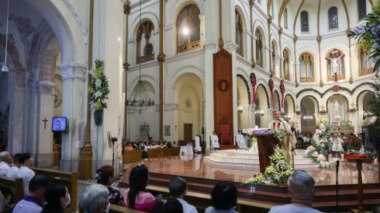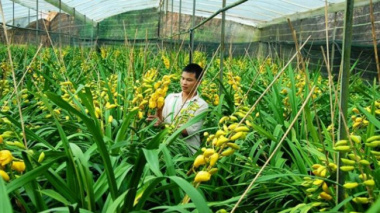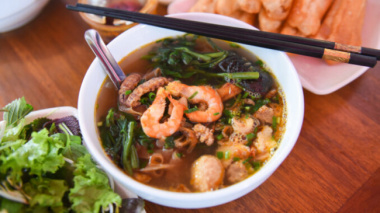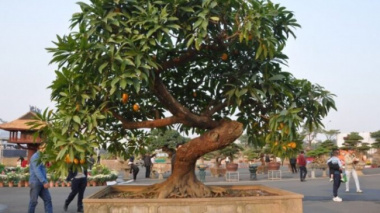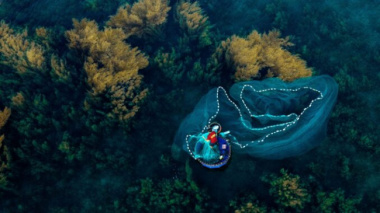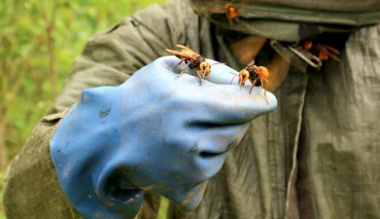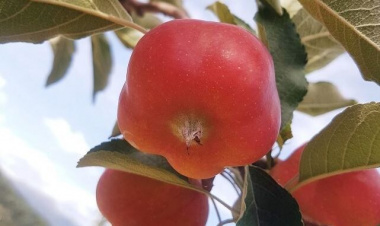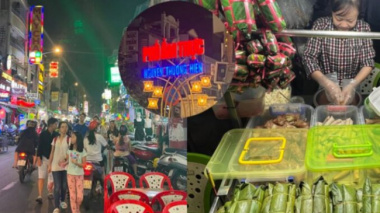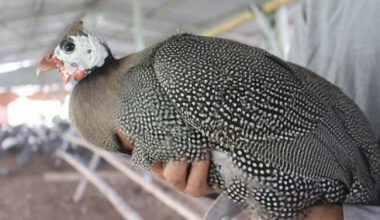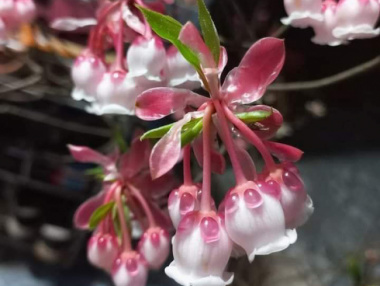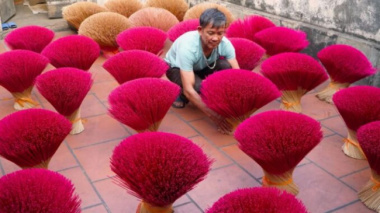Red River Delta Region – Northern Vietnam
- Popular Destinations
- Main Attractions
- Tran Vu Pagoda
- Tam Coc
- Cuc Phuong National Park
- Temple of Literature
- Keo Pagoda
- When to Visit
Densely populated and rich in agriculture, the Red River Delta Region is an economic powerhouse for Vietnam and a popular destination for international tourists. Fueled by the strong flowing Red and Thai Binh Rivers, as well as their distributaries, the delta region is famous for its rice cultivation in Northern Vietnam.
Protected by a series of dikes that run throughout the flat low-lying plain, rice has been grown in the region for centuries.
Featuring much more than agricultural fields, culture and centuries-old traditions are on full display in the Red River Delta. Tourism in the region is focused on major destinations like Hanoi or Haiphong, but even in the idyllic countryside landscapes, travelers can learn about Vietnam’s traditional ways of life that are at risk of being forgotten.
Geography

River landscape in the Red River Delta Region. Photo: Alex Berger
The Red River Delta Region is named after the second-longest river in Vietnam: the Red River. Lesser known is the Thai Binh (Thái Bình) River, which merges with the Red River to form an extensive network of distributaries that flow through the region. Boasting large urban areas to busy ports and protected habitats, there is plenty to explore in this northern delta.
Made up of a flat plain with natural and manmade landscapes, there are 8 provinces and 2 municipalities in the region covering an area of about 15,000 sq km (6,000 sq mi). Home to 24 million people, nearly ⅓ of the country’s total population, 80% of the people in the region work in the agricultural industry.
History
Often considered to be a cradle for Vietnamese culture, the Red River Delta (Vietnamese: Châu thổ sông Hồng with Hồng meaning “crimson” or “red”) has been inhabited by humans for thousands of years. As recently as 2021, historians have suggested that evidence of Proto-Austroasiatic languages that date back to 4,000-4,5000 years ago can be found in the delta.
One of the most significant historical and cultural phenomena that occurred in the delta was water puppetry. Developed in the villages, water puppetry began in the 11th century as performance art. Originally, wooden puppets were puppeteered with a bamboo rod in the rice fields when they were flooded.

Performers in the water at the Thang Long Water Puppet Theatre. Photo: Jesper Hjertstedt
Moved to the stage, modern water puppetry places the puppets in a pool of waist-deep water, which gives them the appearance of floating. Villages in Vietnam still perform the modern version of water puppetry today. Though century-old traditions still linger in the Red River Delta, the region has changed throughout the years.
Heavily bombed during the Vietnam War, the Vietnamese government sought to protect the land for the future. In 2004, as a part of the UNESCO Man and the Biosphere Programme, the Red River Delta Biosphere Reserve was created to protect the region.
Popular Destinations
Known for being a rather small region with a huge population, two of the Red River Delta’s most popular destinations are Hanoi, the country’s capital city, and Haiphong, a major industrial city and seaport. Not provinces, Hanoi and Haiphong are the delta’s two main municipalities, and together, they draw in nearly 20 million international tourists every year.
Hanoi
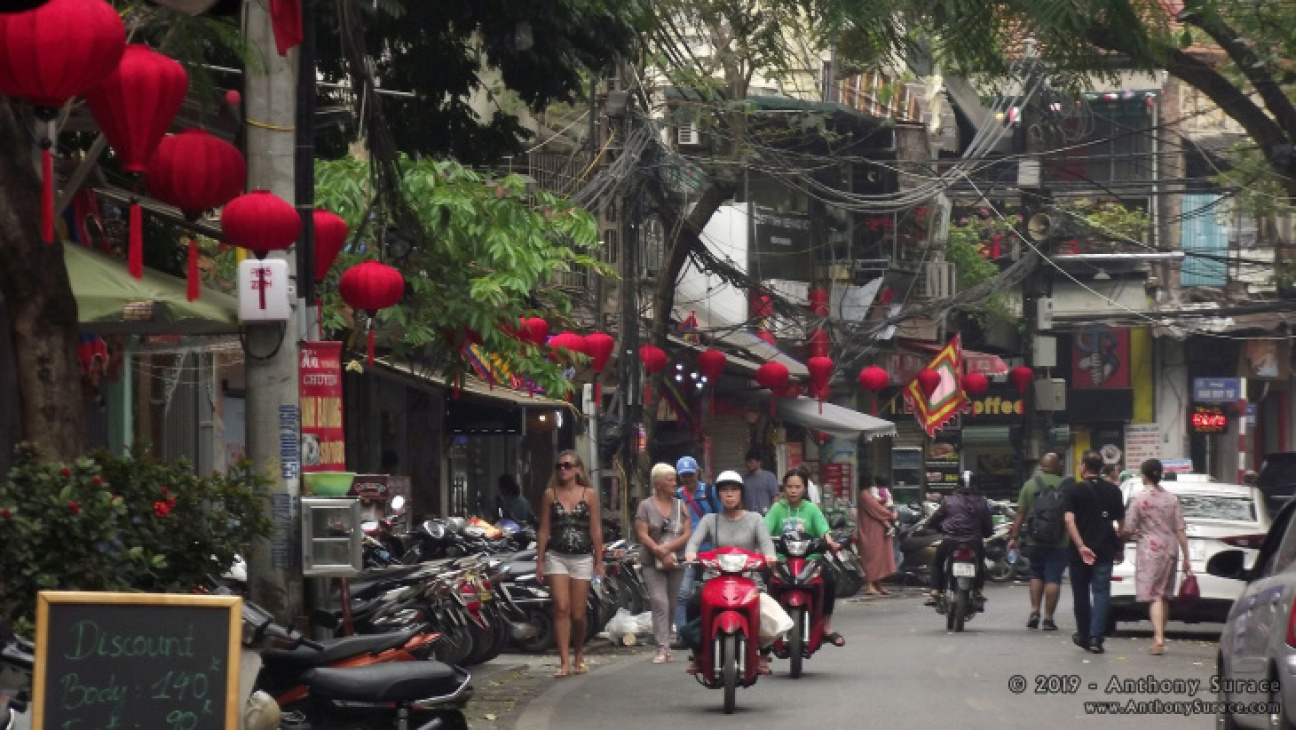
A street in Vietnam’s capital city, Hanoi. Photo: Anthony Surace
The second-largest city in Vietnam after Ho Chi Minh City (Saigon) in the South, Hanoi is the country’s capital. Situated on the banks of the Red River, Hanoi is in the northern part of the region and inland from the coast. A fast-growing city, Hanoi is renowned for its architecture, culture, and historical sites.
With new sites dedicated each year, there are currently more than 3,800 historical places to visit in Hanoi. Some of the top historic attractions include the Old Quarter, Tran Vu Pagoda, Long Bien Bridge, Thang Long Water Puppet Theatre, Temple of Literature, and the Hanoi Opera House.
Attracting plenty of domestic and international investors, Hanoi has everything tourists need to enjoy their time in Northern Vietnam. From five-star accommodations and fine dining to budget-friendly hotels and local restaurants, travelers can easily plan for an extended stay in Hanoi.
Haiphong
Colored roofs in Haiphong, Vietnam. Photo: Cha già José
Nicknamed the “City of Flame Flowers”, Haiphong is an industrial port with a twist. Although heavily developed for sea trade, the city manages to bring nature to its streets. Lining the boulevards are trees that bear the flame flower and along the coast, gorgeous beaches beckon vacationers to their pristine sand.
In the residential and recreational areas of the city, you’ll find colonial-era buildings, parks, shopping malls, modern cafes, and dozens of attractions. Top attractions in Haiphong that highlight the best of both the city and region are the Du Hang Pagoda, Pelican Cave, Hai Phong City Opera House, Lan Ha Bay, and Cat Ba (Cát Bà) National Park.
Main Attractions
Attracting millions of visitors annually, the Red River Delta Region is only becoming more as it hits the international stage. Number 14 on the New York Times list of “52 Places for a Changed World”, some of the region’s main attractions are the Tran Vu (Trần Vũ) Pagoda, Tam Coc (Tam Cổc), Cuc Phuong (Cúc Phương) National Park, Temple of Literature, and the Keo Pagoda.
Tran Vu Pagoda
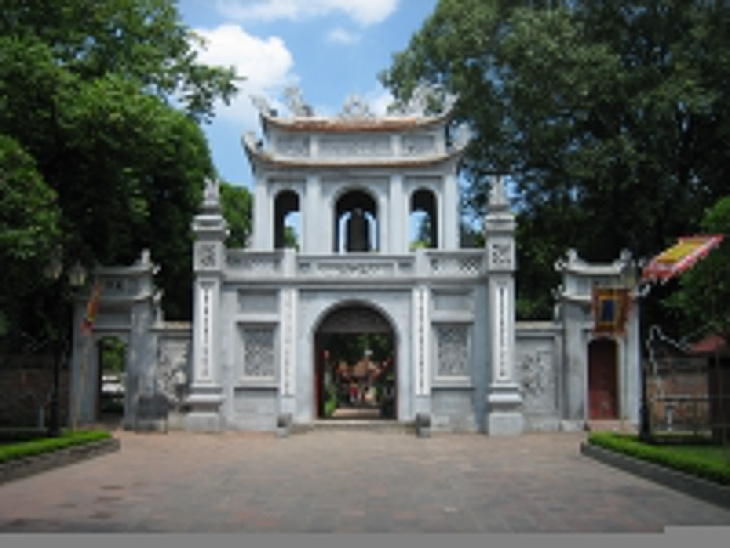
The white gate of the Tran Vu Pagoda in Hanoi. Photo: Prince Roy
Also called the Quan Thanh (Quán Thánh) Temple or Trang Vu Temple, this Taoist place of worship dates back to the 11th century and it is dedicated to Xuan Wu (Tran Vu in Vietnamese), who is a principal deity in Taoism. Located in Hanoi’s West Lake area, visitors are greeted with a large white gate upon arrival at the temple.
A top tourist attraction in Hanoi, the temple grounds consist of various shrines, gardens, and courtyards. A popular attraction throughout the year, during Tet the temple is especially busy as worshippers arrive to burn joss papers in the courtyard’s brick oven.
Tam Coc
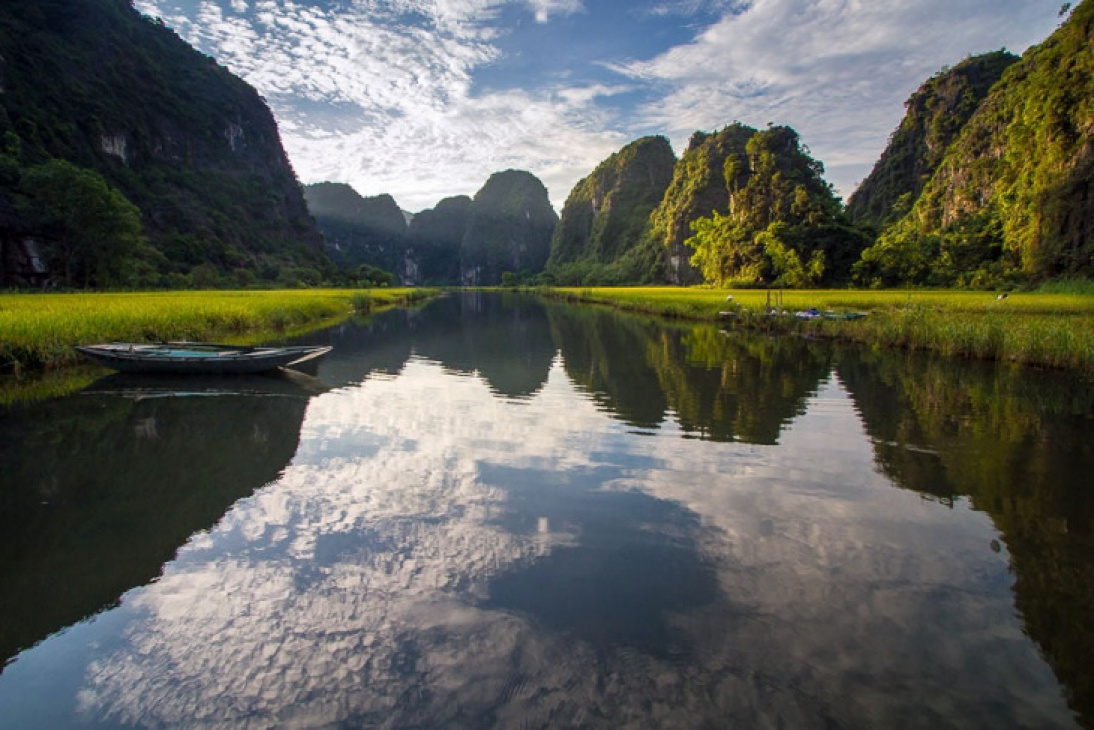
A boat in the water in Tam Coc. Photo: Hoang Giang Hai
Located in the Ninh Binh (Ninh Bình) Province, Tam Coc is a breathtaking destination that is considered to be one of the “most photographed places in Northern Vietnam”. Floating down the Ngo Dong River, tourists are met with stunning views of rice paddies and sharp limestone karsts.
Tours of Tam Coc are the best way to explore the attraction. Using local guides and their boats, visitors can see the best of Tam Coc including its caves and karsts. Open daily for tours, travelers should make reservations in advance as Tam Coc tends to get very busy, quickly.
Cuc Phuong National Park
The oldest national park in Vietnam, Cuc Phuong is located in the Red River Delta Region. First opened in 1962, the national park is close to Hanoi, which makes it a popular day-trip destination. Home to some of the country’s rarest species, the park is a unique biosphere and important protected habitat.
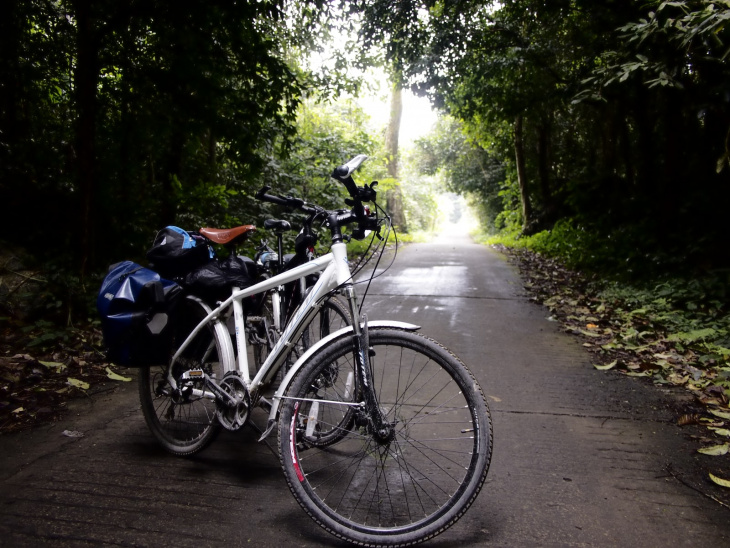
Take a bike tour of Cuc Phuong National Park. Photo: Victoria Benstead-Hume
Visitors hoping to tour Cuc Phuong National Park are encouraged to hire a local guide for their visit. Overnight tours of the park are permitted with a guide for visitors who wish to spend more time exploring the area. Popular activities include trekking, biking, caving, river cruises, and eco-tours of the local conservation programs.
Temple of Literature
Of the thousands of historic sites in Hanoi, one that remains at the top of the list is the Temple of Literature. Dedicated to Confucious and home to Vietnam’s Imperial Academy, which was the first national university, the temple dates all the way back to the year 1070. A large complex, visitors are allowed to see the various pavilions, halls, statues, shrines, and gardens.
Historic artifacts can be found throughout the temple, as well as its 5 courtyards. Open daily, visitors should time their visit accordingly. It should be mentioned that during festivals, the temple is often overcrowded.
Keo Pagoda
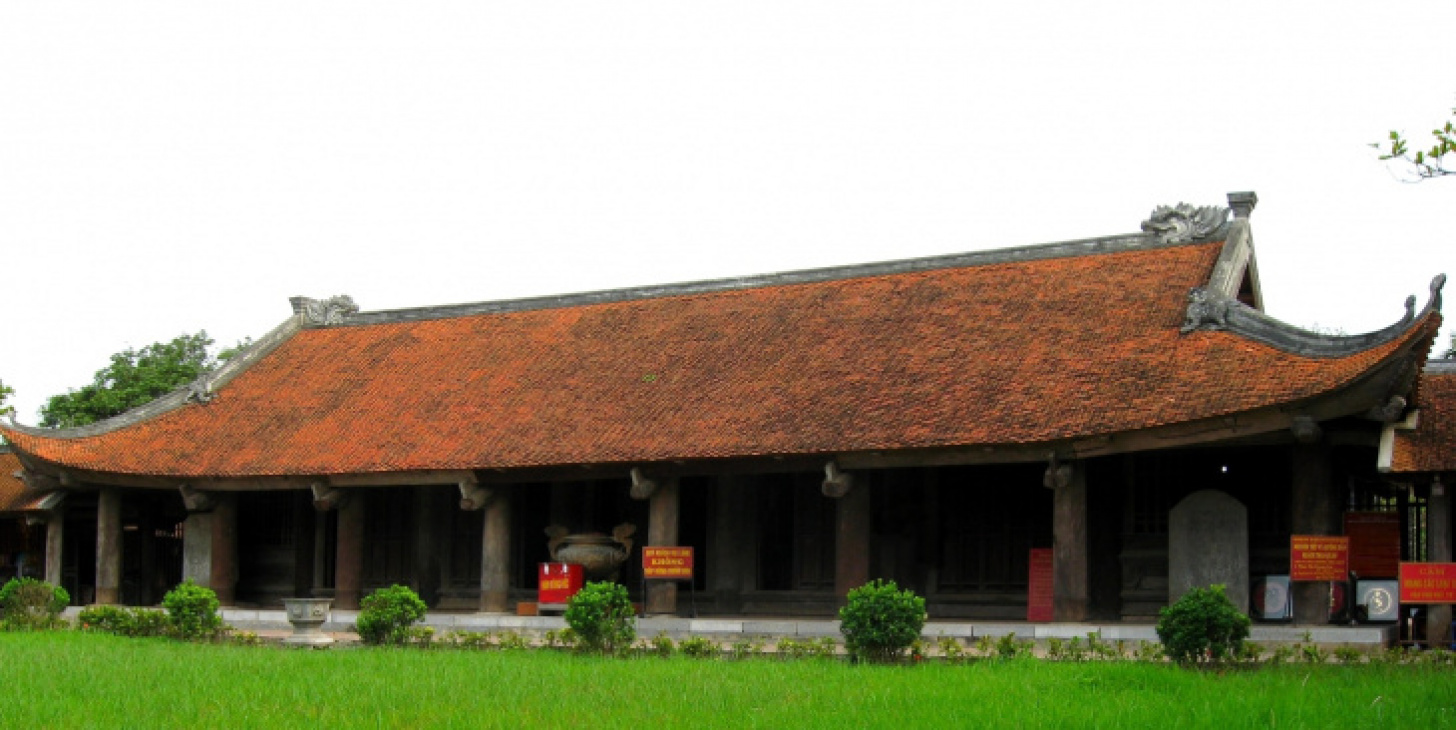
The Keo Pagoda in the Red River Delta Region, Vietnam. Photo by: .
In Thai Binh Province, the Keo Pagoda is one of the oldest structures in the Red River Delta Region. Built in 1061, the temple was originally dedicated to Buddha during Vietnam’s Ly Dynasty. More than 1,000 years later, the pagoda was rededicated to a monk and doctor who cured the emperor of leprosy.
Situated in Thai Binh City, the pagoda is one of the many historic sites that can be found throughout the Red River Delta Region. Featuring original architecture, the beauty of the temple only adds to the calm atmosphere. Open throughout the year, there are two festivals held at the pagoda in January and late February.
When to Visit
Situated on a flat plain in Northern Vietnam, the Red River Delta’s climate isn’t the same as the rest of the country. Instead, weather in the Red River Delta Region tends to be tropical but with four distinct seasons. Tourism in the Red River Delta Region is very dependent on the weather as most visitors seek to avoid the high temperatures, humid climate, and heavy rain.
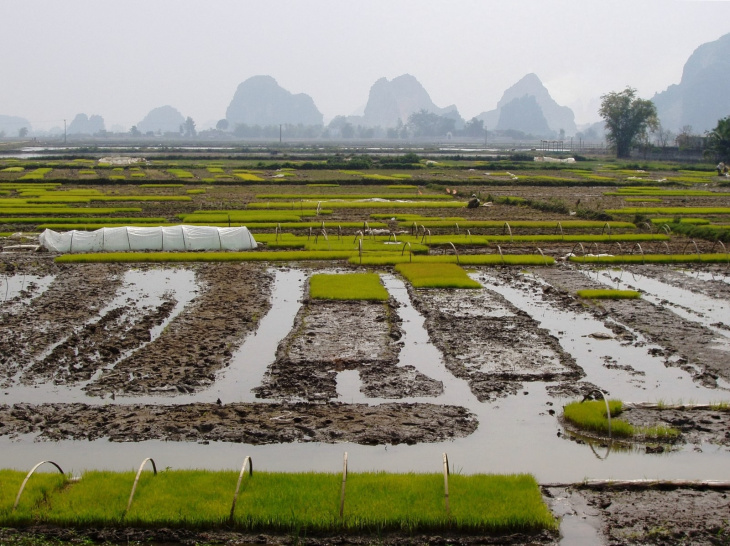
Flooded rice paddies in the Red River Delta Region. Photo: Water Alternatives Photos
The worst time to visit the region is during the summer months when rain and heat are at their highest. The best and peak time for tourism in the Red River Delta is from October to April. Beginning as early as October, the rains ease, and temperatures cool. Throughout the fall months, the temperatures will continue to drop through winter before warming up again for spring.
During the tourist season, travelers will need to make accommodation arrangements before arriving in the Red River Delta. With festivities like Tet occurring during peak tourism months, many places will be fully booked as thousands flood to the region to celebrate the big holidays.
Details
Address: Northern Vietnam
Season: Year-round
Hours: 24 hours
Đăng bởi: Phạm Thị Thanh Thoảng


